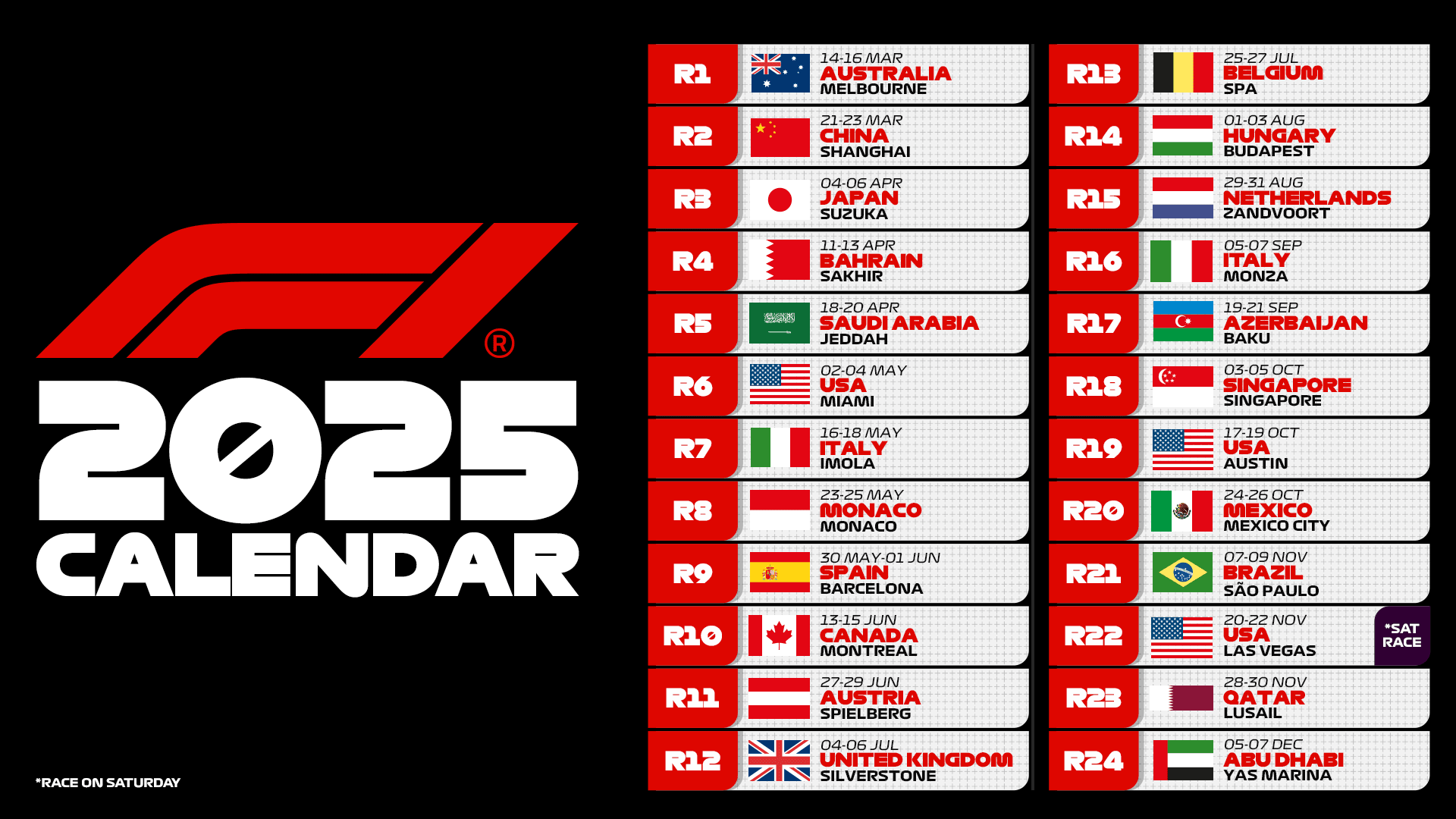
Ferrari has a multitude of problems to address in the following weeks. The current status in Formula 1 is far from ideal, as we know well. The last four races of the 2024 Formula 1 championship have made it extremely clear: the SF-24 has lost ground compared to top competitors. Red Bull, McLaren, and Mercedes are ahead. Yet, if we think back to the Monaco Grand Prix, all the elements for progress seemed to be in place for the Maranello team. Everything appeared aligned and ready to deliver excellent results. Then, suddenly, something broke. It’s not hard to imagine that Italian aerodynamicist Enrico Cardile, the former Ferrari Head of Aerodynamics Department was, in some way, already sidelined.
After all, his sudden departure from the team mid-season, with a move to Aston Martin, cannot have been the result of just a few weeks of negotiations. Most likely, both parties had other plans. And that’s fine because if Enrico Cardile no longer had any interest in serving as Ferrari’s technical director, it was better to let him go. The same goes if Ferrari believed they could find someone better for that role. We will soon see what happens, but in the meantime, what really matters to the Scuderia is resolving a difficult situation from which they can still emerge.
There has been talk of many months needed to do this or, more generally, of further aerodynamic updates because the latest ones haven’t worked. From what the editorial team of FUnoanalisitecnica has gathered, the immediate objective is different: to make the best use of the resources available. Can this be considered science fiction? Not at all. It can definitely be done. It just requires a necessary technical awareness, namely by understanding how the new floor works, the more streamlined sidepods, the medium-high downforce rear wing, for which data is still limited, and generally the ability to put everything together.
Yes, because we often forget a fundamental element in Formula 1. A car at the highest level of motorsport is subject to a lot of variables. Many, if they don’t function properly, negatively affect the other ones. This is why the vision must be comprehensive, holistic. Ferrari has been working on this for several days, and just last week, there have been several meetings within the sports management. The aim is to present themselves at the Hungaroring for the Hungarian Grand Prix with a different approach to get out of the “technical quagmire” in which the SF-24 single-seater has recently slipped.
Carlos Sainz and Charles Leclerc make up a strong pair of drivers who are, in many respects, quite complementary. From what we have learned, one of John Elkann’s first requests during a recent meeting with the Maranello team was directed specifically at the Ferrari drivers. Gianni Agnelli’s grandson asked the two Ferrari drivers for an additional effort in this delicate moment. Thanks to precise and timely feedback on the track, free from personal objectives, the team can climb back up and increase the know-how on the SF-24, which is currently the main goal.
We know that the Spaniard is looking for his next seat, a challenging task because at nearly 30 years old, Carlos Sainz does not want to be a mere supporting player. Therefore, he always tries to maximize results and, above all, finish ahead of his Maranello teammate. Conversely, Charles Leclerc aims to win whenever possible and doesn’t care much about the difference between finishing 4th or 6th, for example. This scenario is not ideal if the two Ferrari drivers are expected to work closely together.
Ferrari president John Elkann has requested a more cohesive team in this regard and asked team principal Fred Vasseur to resolve this complicated situation as quickly as possible, which no one anticipated a month ago. Reliability cannot be lacking, as seen in the Canadian Grand Prix. Similar to the issues faced in Spain, Austria, and England, where, despite the new update package, the setup choices were anything but spot-on. Finding the right compromise is not easy, especially when certain limits, like aerodynamic drag, “impose” certain decisions.
Show your support for Scuderia Ferrari with official merchandise collection! Click here to enter the F1 online Store and shop securely! And also get your F1 tickets for every race with VIP hospitality and unparalleled insider access. Click here for the best offers to support Charles and Lewis from the track!
There is, however, a little-discussed fact that is worth mentioning: the correlation of data with the track. On the screens of the powerful computers inside the factory, the SF-24 car showed a higher downforce level, which was not evident on the track. This is why the latest aerodynamic updates were not used in the British Grand Prix at the Silverstone circuit between the qualifying session and the race. The potential is there but remains untapped. Extracting it and making it effective is the target that has so far only frustrated drivers, technicians, and engineers of the Ferrari Racing Department.
A technical breakthrough is needed, which we understand. Achieving it in the middle of the current Formula 1 season could be difficult, but there are no other solutions under consideration. The idea of abandoning the development of the 2024 Formula 1 car has not even been considered by Ferrari, at least for now. Therefore, the path to be taken must be the correct one. The initial goal is to perform precise work to “make sense” of the collected data, a scenario that has not materialized in the last three rounds of the championship.
To do this, Ferrari must necessarily achieve balance in the car’s setup. This refers to a factor that was more than evident up to the eighth world championship event on the streets of Monaco. Until then, the SF-24 was capable of going on track and performing well because the baseline setup “built” in the driver-in-the-loop simulator within the factory was always very good. The famous “working point” of the car, in short, has somehow been lost. It is not just about new car parts but about regaining the balance that the car needs.












.png)

Leave a Reply